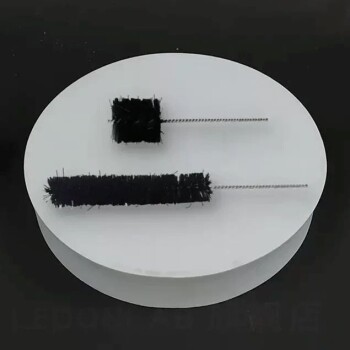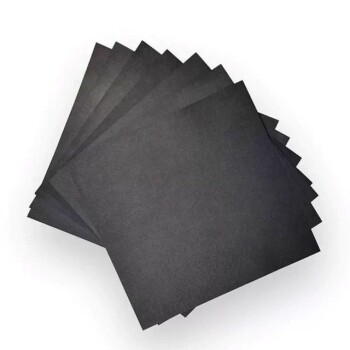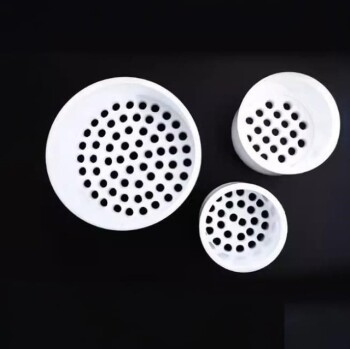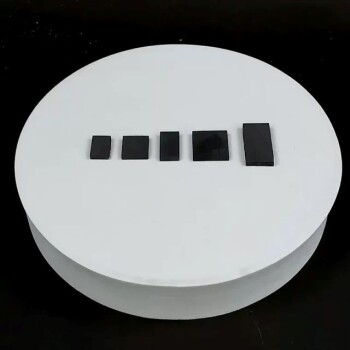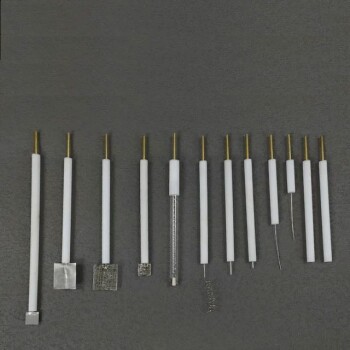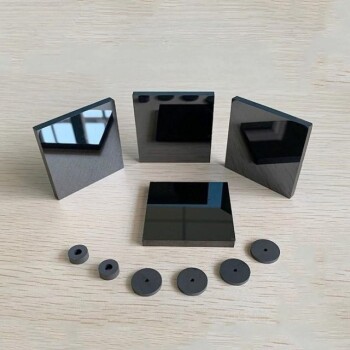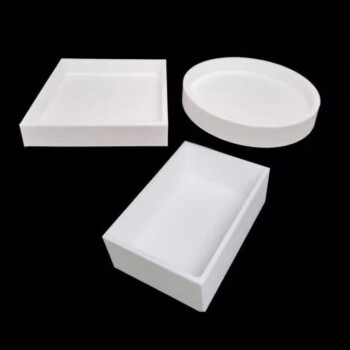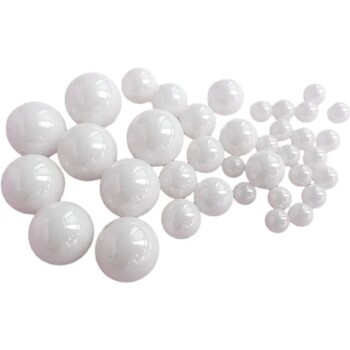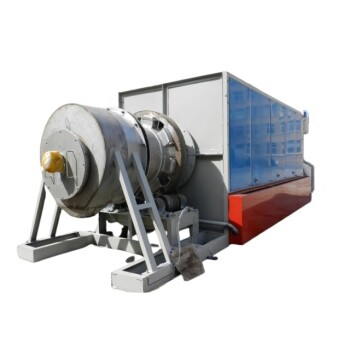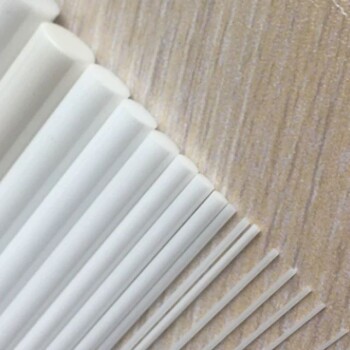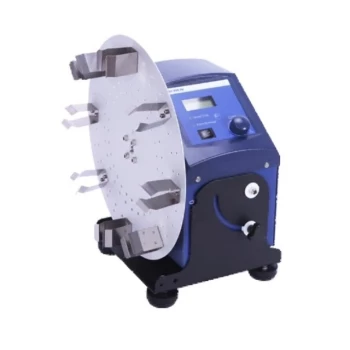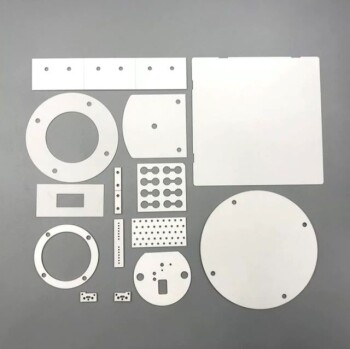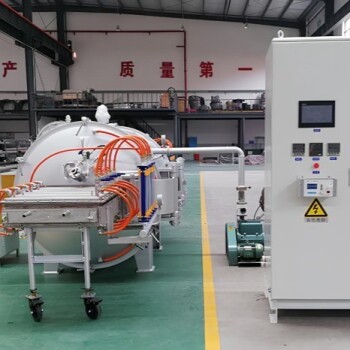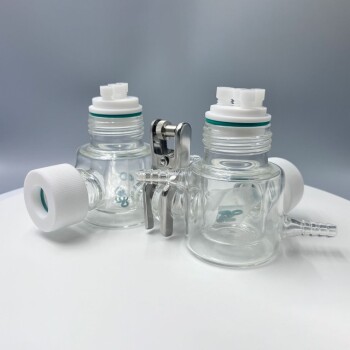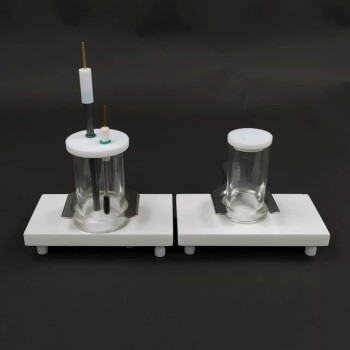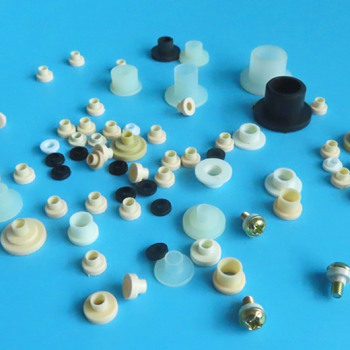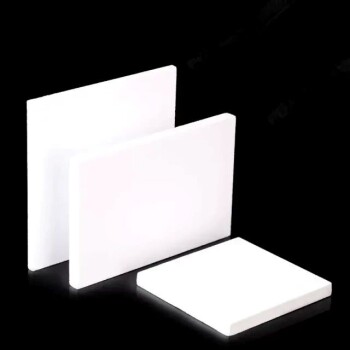To make a carbon fiber composite more conductive, you must create new electrical pathways through its normally insulating polymer matrix. This is typically achieved by adding conductive fillers like carbon nanotubes or metallic particles into the resin, or by using carbon fibers that have been pre-coated with a metal such as nickel. The goal is to build a conductive network that allows electricity to flow between the individual carbon fibers.
A standard carbon fiber part's conductivity is limited not by the fibers themselves, but by the insulating polymer resin that holds them together. The core challenge is to bridge these insulating gaps, turning a collection of isolated conductors into a single, conductive whole.
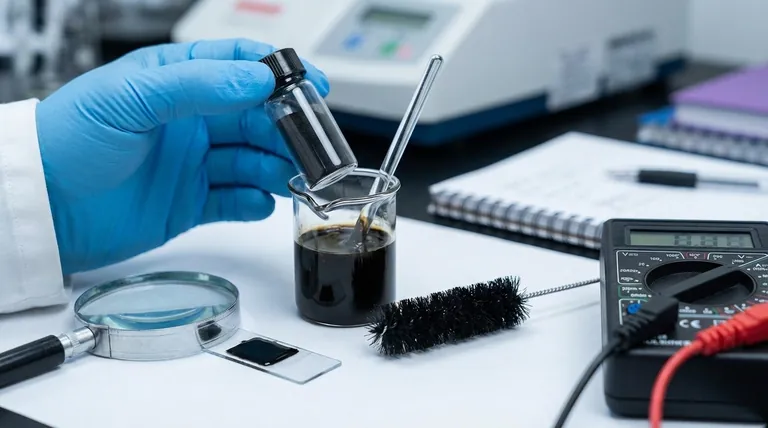
Why Standard Carbon Fiber Composites Have Limited Conductivity
To solve this problem, you first have to understand its root cause. The issue lies in the composite's two-part structure: the fiber and the matrix.
The Conductive Fiber
Individual carbon fibers are electrically conductive. Their conductivity is not as high as copper, but it is significant, acting more like a semiconductor. If you could press a bundle of raw fibers together, electricity would flow through it.
The Insulating Matrix
The problem arises when these fibers are infused with a polymer resin, such as epoxy, to create a rigid Carbon Fiber Reinforced Polymer (CFRP). Most of these polymers are excellent electrical insulators.
This resin completely coats each fiber, creating a thin, insulating barrier. As a result, even when fibers are touching, the resin layer between them prevents a clean electrical path, severely limiting the bulk conductivity of the final part.
Key Strategies for Enhancing Conductivity
The solution involves intentionally modifying the composite's recipe to create a percolating network—a continuous chain of conductive particles that allows current to flow through the bulk material.
Method 1: Add Conductive Fillers to the Resin
This is the most common approach. By mixing microscopic or nanoscopic conductive particles into the polymer resin before curing, you create millions of tiny electrical bridges between the carbon fibers.
Popular fillers include:
- Carbon-Based: Carbon nanotubes (CNTs), graphene, and carbon black are effective at low concentrations and add minimal weight.
- Metallic: Nickel, silver, or copper powders and flakes provide very high conductivity but add significant weight and cost.
Method 2: Use Metal-Coated Carbon Fibers
For applications demanding the highest conductivity, you can use carbon fibers that are pre-coated with a thin layer of metal, most commonly nickel.
This process, called plating, creates a highly conductive shell around every single fiber. When these fibers are packed together in a composite, they form a robust metallic network, resulting in conductivity levels that approach those of solid metals.
Method 3: Optimize the Fiber Layup
While less impactful than adding fillers, your design can influence conductivity. Increasing the fiber volume fraction—the ratio of fiber to resin—pushes fibers closer together, increasing the chance of direct fiber-to-fiber contact.
Similarly, arranging fibers in a way that ensures layers are in direct contact can improve through-thickness conductivity, although the resin barrier remains a major hurdle.
Understanding the Trade-offs
Enhancing conductivity is not a free lunch. Each method introduces critical trade-offs that you must balance against your primary goal.
Impact on Mechanical Performance
Adding fillers, especially in high concentrations, can interfere with the bond between the fiber and the resin. This can sometimes lead to a reduction in the composite's strength, stiffness, or fatigue life.
Significant Cost Increases
High-performance fillers like graphene, CNTs, and especially silver are expensive. Nickel-plated carbon fibers also carry a substantial price premium over standard fibers, which can dramatically increase the cost of a final part.
Processing and Manufacturing Challenges
Achieving a uniform dispersion of fillers within the resin is difficult. Clumps of particles, known as agglomerates, create weak spots and inconsistent electrical properties. This requires specialized mixing equipment and careful quality control.
Added Weight
A key advantage of carbon fiber is its high strength-to-weight ratio. Adding dense metallic fillers or coatings can compromise this benefit, increasing the overall weight of the component.
Making the Right Choice for Your Application
There is no single "best" way to increase conductivity; the optimal method depends entirely on your performance targets and constraints.
- If your primary focus is maximum EMI shielding or lightning strike protection: Nickel-coated fibers or a high loading of metallic fillers are the most effective solutions.
- If your primary focus is static dissipation on a budget: A low concentration of carbon black or simply maximizing fiber volume fraction can often be sufficient.
- If your primary focus is adding sensing capabilities (structural health monitoring): Low concentrations of graphene or CNTs are ideal, as their conductive network is highly sensitive to strain.
By understanding the interplay between the fiber, the matrix, and any additives, you can engineer a material that meets your specific electrical and mechanical demands.
Summary Table:
| Method | Key Mechanism | Best For | Key Trade-offs |
|---|---|---|---|
| Add Conductive Fillers | Mixes particles (CNTs, metals) into resin to create bridges between fibers. | Cost-effective static dissipation; sensing capabilities. | Can reduce mechanical properties; dispersion challenges. |
| Use Metal-Coated Fibers | Fibers are pre-coated with a conductive metal (e.g., nickel). | Maximum EMI shielding; lightning strike protection. | High cost; significant weight increase. |
| Optimize Fiber Layup | Increases fiber-to-resin ratio to promote fiber contact. | Minor conductivity improvements where additives aren't feasible. | Limited effectiveness; resin barrier remains. |
Need a Conductive Carbon Fiber Solution Tailored to Your Project?
Navigating the trade-offs between conductivity, mechanical performance, cost, and weight is complex. KINTEK specializes in providing the lab equipment and expert consultation to help you develop and test the perfect conductive composite for your specific application—whether it's for EMI shielding, static dissipation, or integrated sensing.
Let us help you bridge the gap between concept and reality. Contact our experts today to discuss your material challenges and how our solutions can accelerate your R&D.
Visual Guide
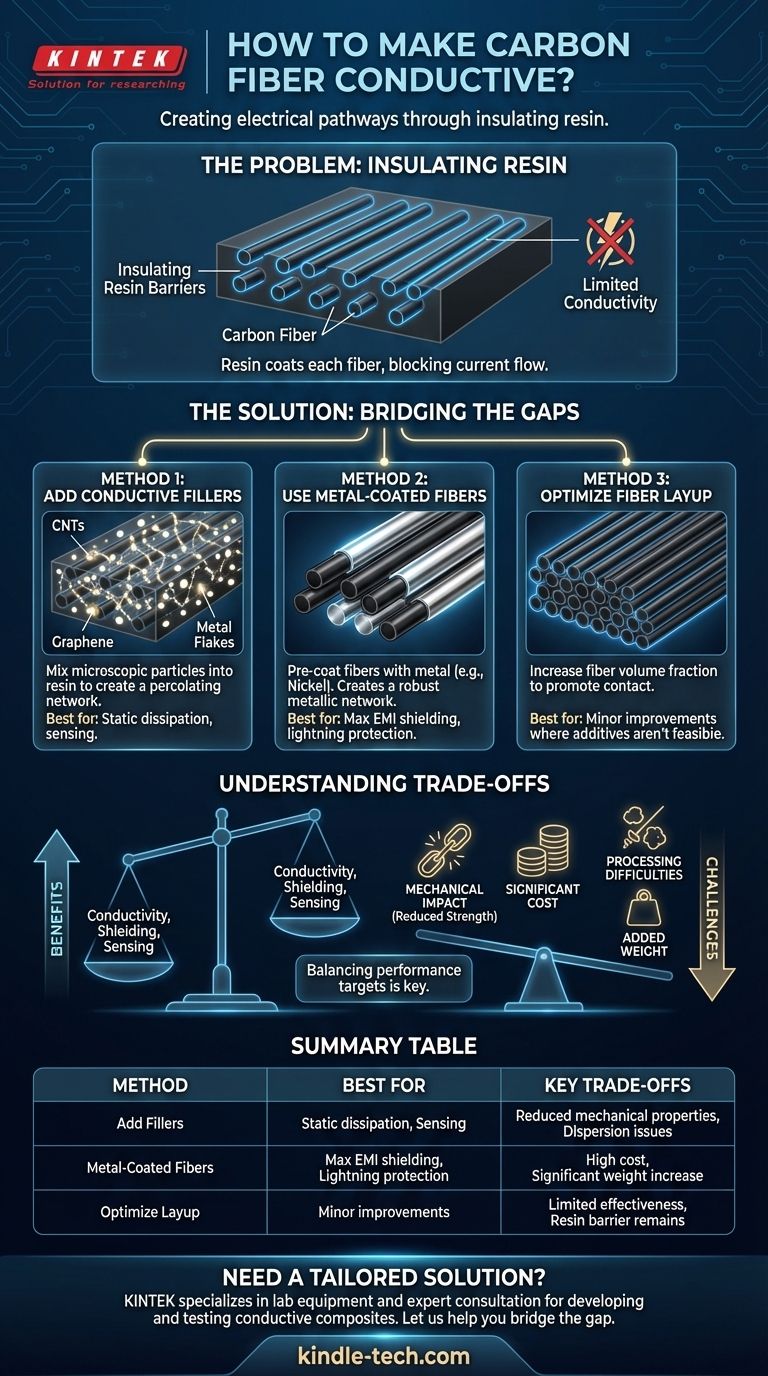
Related Products
- Conductive Carbon Fiber Brush for Static Removal and Cleaning
- Hydrophilic Carbon Paper TGPH060 for Battery Lab Applications
- Custom PTFE Teflon Parts Manufacturer for PTFE Mesh F4 Sieve
- Glassy Carbon Sheet RVC for Electrochemical Experiments
- Custom PTFE Teflon Parts Manufacturer for Reagent Wide Mouth Fine Mouth Sample High Temperature Bottles
People Also Ask
- What checks should be performed on a carbon fiber brush before use? Ensure Reliability in Your Lab Processes
- What are 3 types of biomass? A Guide to Wood, Waste, and Biofuels for Energy
- What does the regular maintenance inspection of a carbon fiber brush entail? Ensure Peak Performance and Longevity
- What is the recommended cleaning procedure for a carbon fiber brush after use? Extend Brush Life and Maintain Performance
- What are the 3 types of biomass? A Guide to Woody, Agricultural, and Waste Sources
